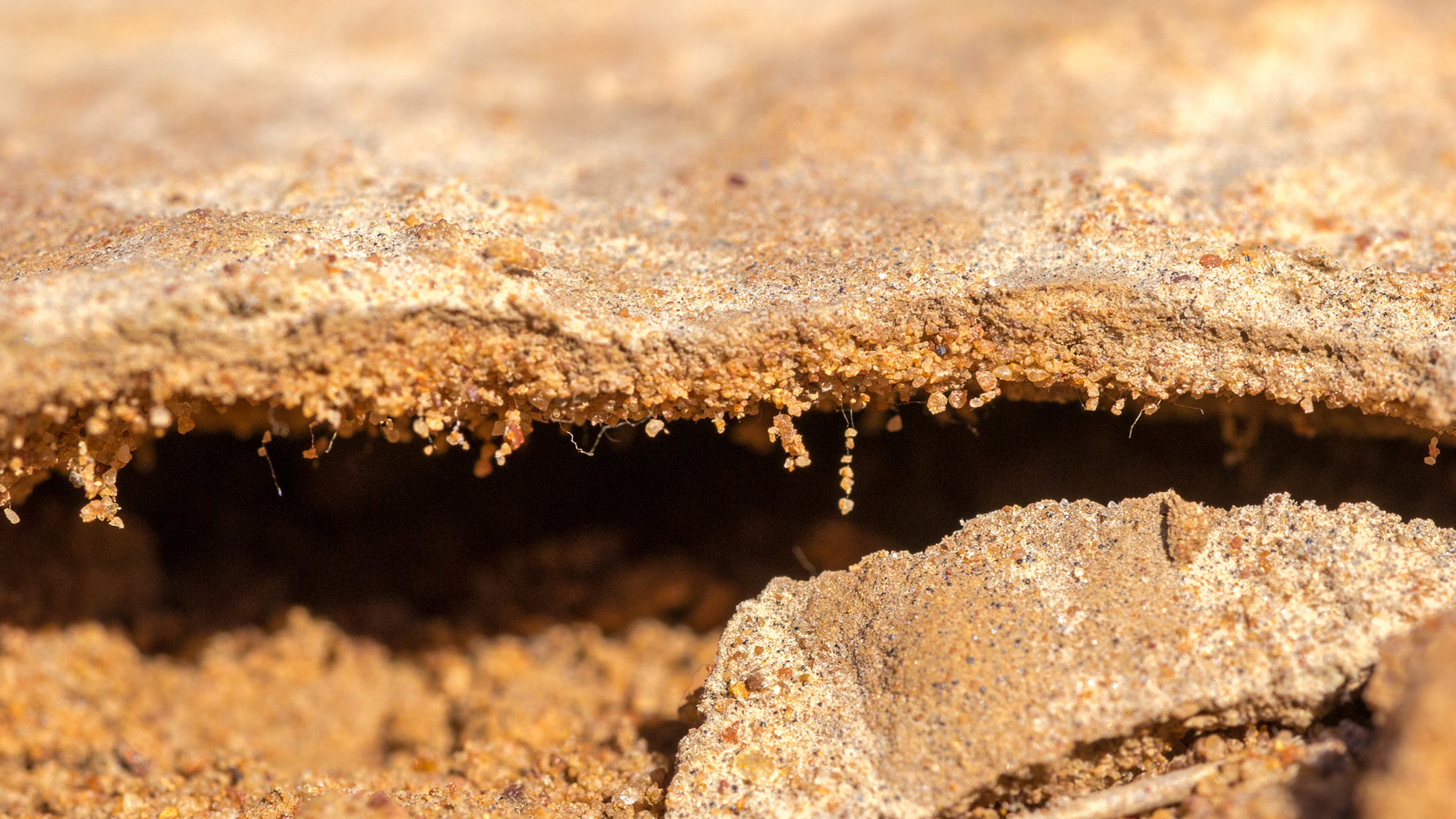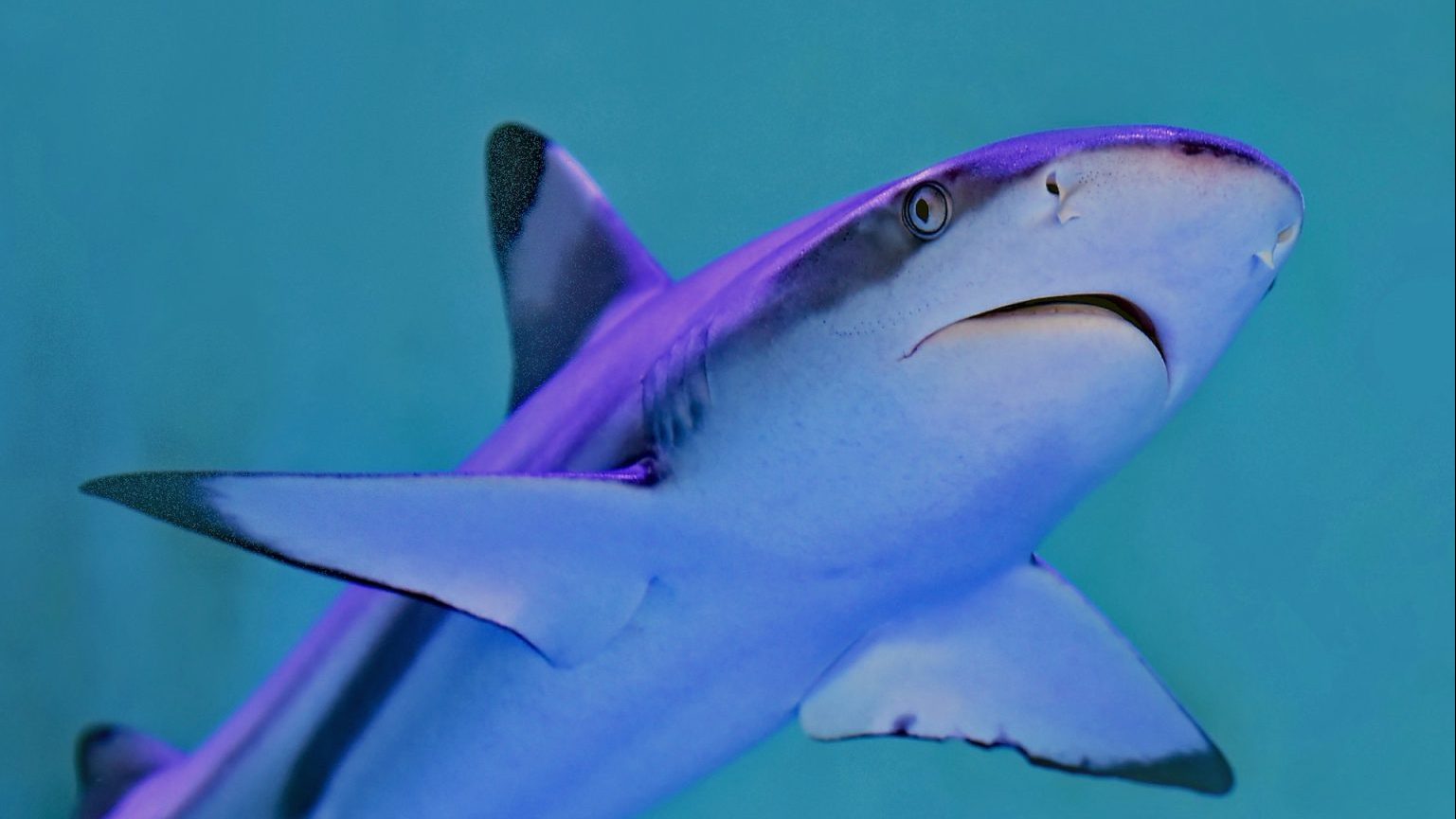New software could save 745 species in Brazil’s Atlantic Forest without hurting agribusiness

(Photo by Mario Tama/Getty Images)
- Brazil’s Atlantic Forest is one of the world’s most biodiverse regions, but relentless deforestation threatens hundreds of species of plants and animals.
- Recently, a team of researchers created a computer program designed to optimize how forest land can best be used.
- The approach could be used by governments and organizations in other parts of the world to maximize biodiversity gains while minimizing economic losses.
New research shows that using a computer program to optimize land use in Brazil’s dwindling Atlantic Forest could triple biodiversity gains, take massive amounts of carbon out of the atmosphere, and save billions of dollars in costs.
The Atlantic Forest is one of the most biodiverse regions in the world, home to an extraordinarily large number of species that can be found nowhere else. It’s thought to have once covered some 500,000 square miles, but today, due to logging and agribusiness, only an estimated 7 to 11 percent of the forest remains. Some scientists believe that forest cover needs to be restored to 30 percent in order to maintain biodiversity.
It’s a tricky problem, however, because the region’s economy relies heavily upon industries that practice deforestation. That’s why a team of international researchers recently created software designed to optimize how land could best be used in the forest.
The approach uses a linear programming method to identify priority nature areas in the massive forest. In a paper recently published in Nature Ecology & Evolution, the researchers describe how their main goal was to “maximize restoration benefits for biodiversity conservation and climate change mitigation while reducing restoration and opportunity costs.”
The team first divided up the biome into 1.3 million units, each 1 square kilometer, and the software then prioritized the land based on potential for restoration and potential farming value, trying to strike an ideal balance. The team also used biodiversity data on various species in the forest to predict how different land-use scenarios would impact their habitats.
One of the scenarios produced by the software would save an estimated 745 animal and plant species from extinction, take in about 1 billion tons of carbon dioxide through restored trees over the next 20 years, and reduce current restoration costs by 57 percent.
An uncertain political situation
Dr. Morena Mills, one of the researchers on the team, said the study is an example of how restoration and industry can coexist.
“People recognise the benefits of forest restoration for their wellbeing and for nature, and there are extraordinary efforts to restore forest happening around the world,” she said. “Our study provides guidance on how multiple interests, in nature and agriculture, can be reconciled when developing forest restoration plans.”
The Brazilian government plans to use the recent research in upcoming restoration efforts, and possibly in future projects in other regions, including the Amazon Rain Forest. However, Mills told the Imperial College of London that those efforts might be stymied by Brazil’s recently elected president, a hard-right candidate named Jair Bolsonaro who once promised to exploit resources in the Amazon.
“Regardless of the political situation, this approach sets a foundation for better forest restoration efforts in Brazil and around the world,” Mills said. “This is a great example of a forest restoration plan which is both good for the people and good for nature.”





